Cyania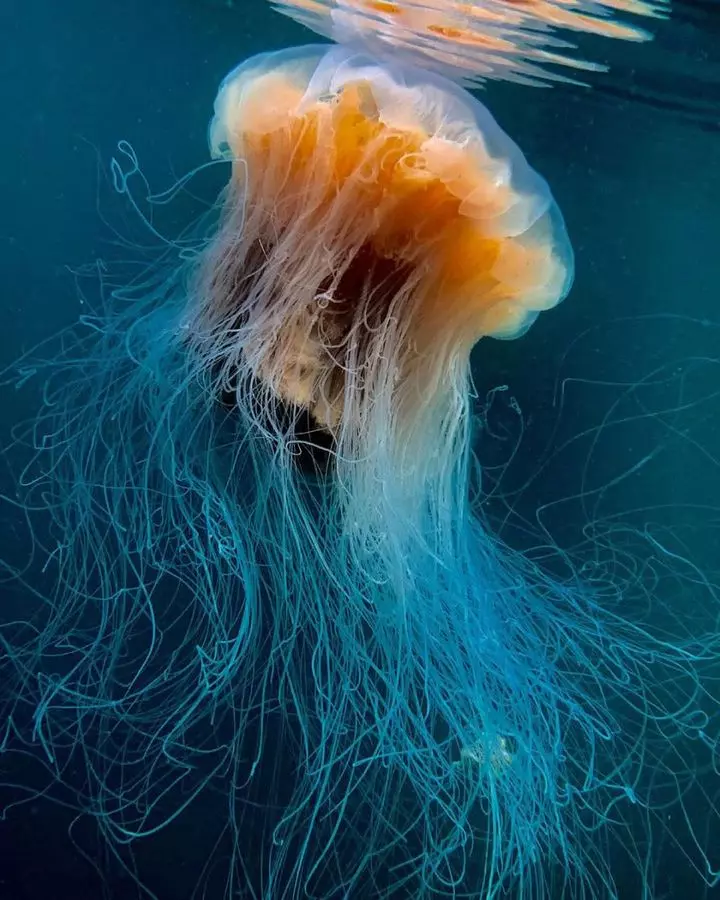
Very beautiful jellyfish, inhabiting mainly in the northern waters of the Atlantic and Pacific Oceans. It is not necessary to dedicate it with a cute appearance - a rounded pale orange hat and detached tentacles diverging from it. First, cyania is much larger than it seems in the photo (the largest of the famous meduse was 36.5 meters long). Secondly, poisonous polyps are growing on their tentacles. For small organisms, meeting with this oceanic beauty often becomes the latter. In humans, the poison of cyania causes a strongest and painful allergies.
Caboomy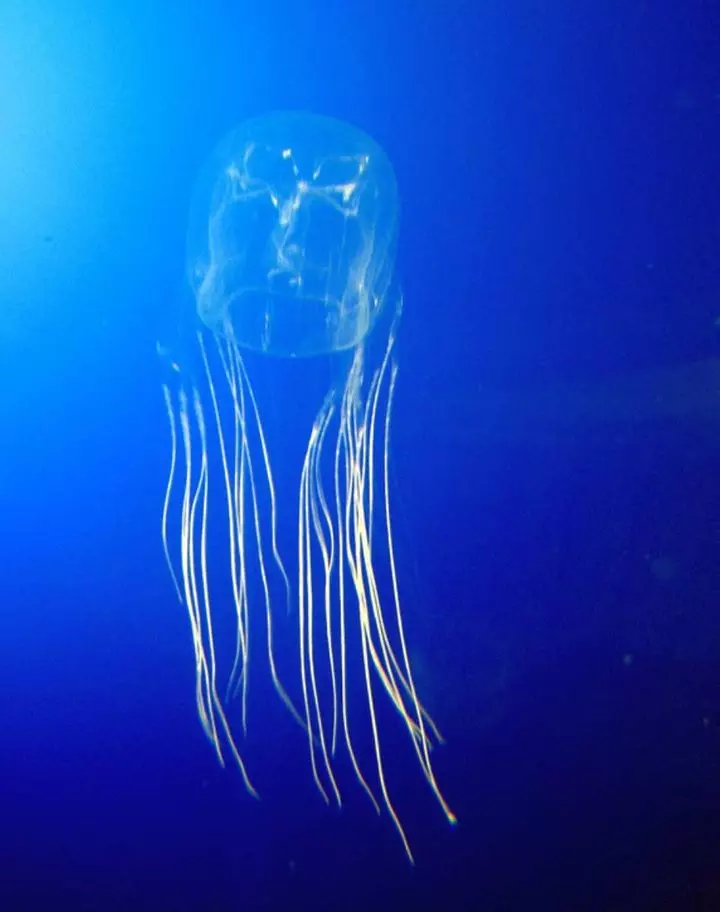
These underwater residents are found in the Indo-Western Pacific, off the coast of Australia and in Southeast Asia. This group includes about 20 types of jellyfish, but not everyone is dangerous for a person. However, we do not advise experiments and check, since one touch to such an animal can become fatal: either the poison will cause instant paralysis, or burns will not leave the victim no chance.
Skat-tailing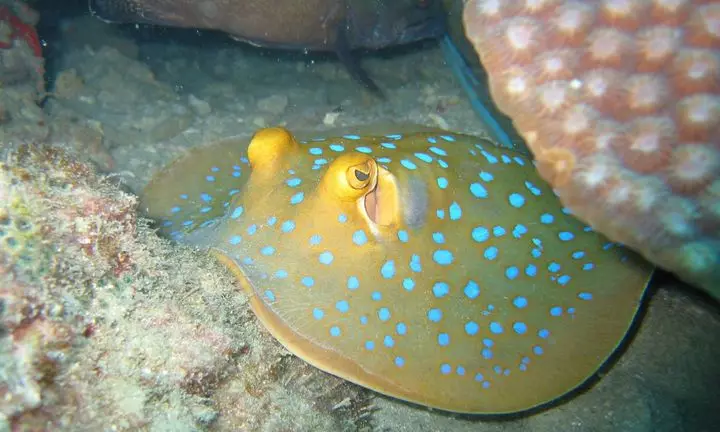
Actually, it becomes clear from the name of this skate, where his main danger is lost. It is found in the tropics and subtropics, it is even in the Black and Azov seas and in itself for a person is not terrible. Most of the time this fish spends on the bottom. And here there is something on it and you can accidentally come. Then the skate will include a protective reaction, and it will hit the attacker with a spike located on the tail. And he just poisonous. It's not a fact that it will lead to a fatal outcome, but the spike is very difficult to pull out of the wound, and she will be herself for a long time.
Marble snail cone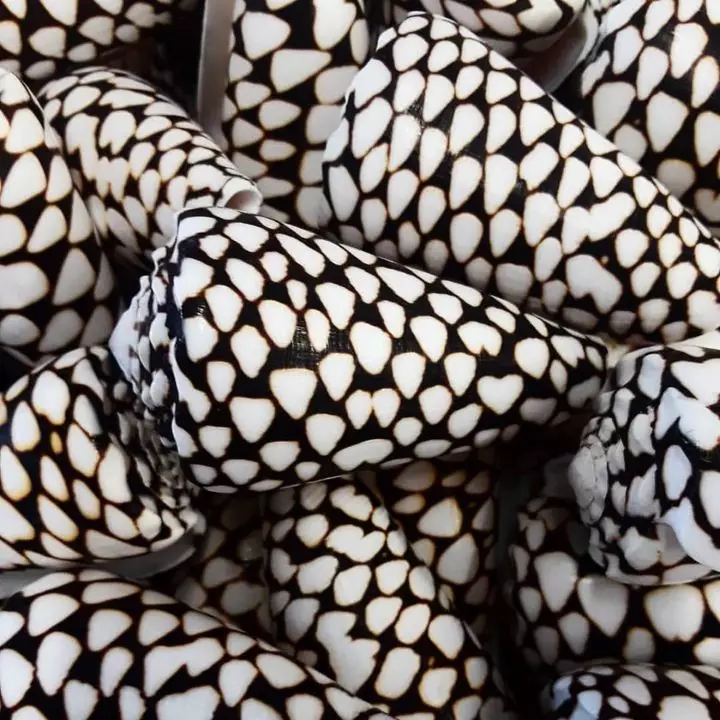
This harmless view of a tropical mollusk is one of the most poisonous on the planet! The magnitude of one seashell is only 10-15 centimeters. But it is impossible to touch them in any case, because it is snail-hunters equipped with a small harpoon with a potent toxin, which has no protection. The fact is that the poison of each snail has its own unique composition, so it is physically impossible to develop antidot. The only way to escape is to cut the place of bite and make bloodletting.
Syncole octopus
The cheerful color of these Pacific animals should be alerted immediately: because in nature it often happens that the most vivid animals are the most dangerous. And in this case, all that is. In addition, octopuses are very aggressive and can attack the first. And poison in each individual enough to kill 26 people during a couple of minutes. The bite of this animal leads to full paralysis, and the only way to save his victim is to start immediately to make her artificial respiration and in the shortest possible time to connect to the IVL apparatus. As a rule, if the Regulation is observed, during the day most people survive.
Muren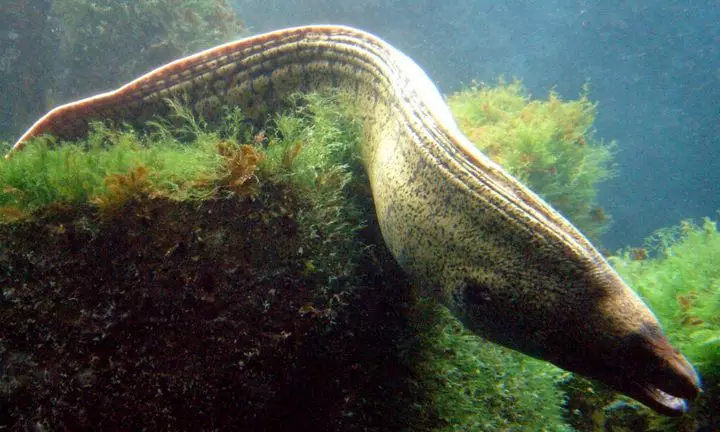
The localization of this predator is very extensive: the Red Sea, the east coast of Africa, Hawaii, the Marquis Islands ... reach 3 meters long. In principle, one of their appearance may well scare at the meeting. Just like sync urban octopuses, they can attack a victim without visible reasons. It used to be believed that their fangs located on the jaws already in 2 rows, poisonous. This theory did not find confirmation, but the fact remains a fact: the bite of this fish is very, very painful.
Wolf zebra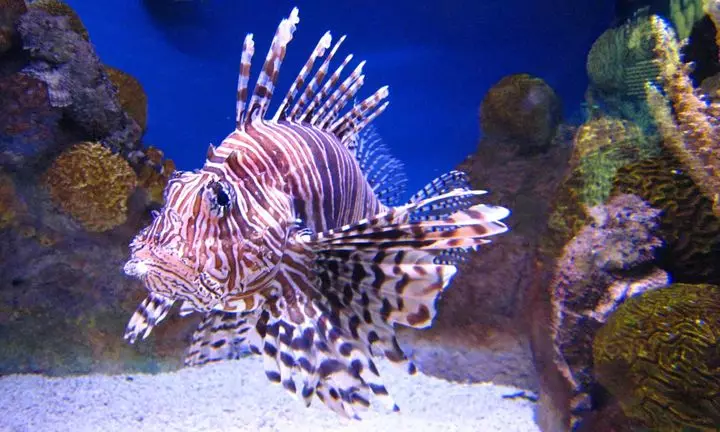
Not the largest representative of our today's selection. The maximum length of the body of this fish is 45.7 cm, and the weight is 1 kg. She lives mainly off the coast of China, Japan and Australia, in the waters of the Indian and Pacific Oceans. So, in long motion fins, sharp poisonous needles are hidden. It is worth touching them, and there is also a sharp pain and poisoning with convulsions and impairment of the heart. At the same time, the underwater "zebra" is used without problems and is even actively catching out, since it represents a threat to a marine ecosystem, destroying many types of coral fish.
Spinorog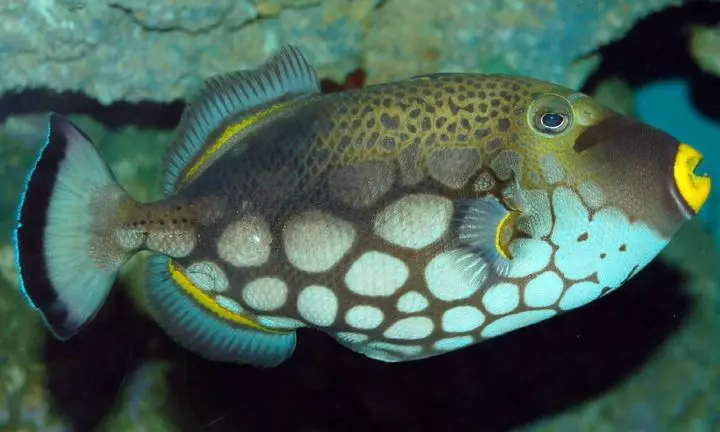
Another fish with a "secret" dwells in the tropical and subtropical seas of the Atlantic, Indian and Pacific Oceans. And its weapons as well as the winner is in spikes hiding in fins. Their injections can be extremely painful. Plus, spinorog is very strong jaws with large teeth. And they can also put them in turn. True, the fish reacts when there is a danger. Therefore, noticing her, it is better to just sail away.
Photo source: unsplash.com/sgr
